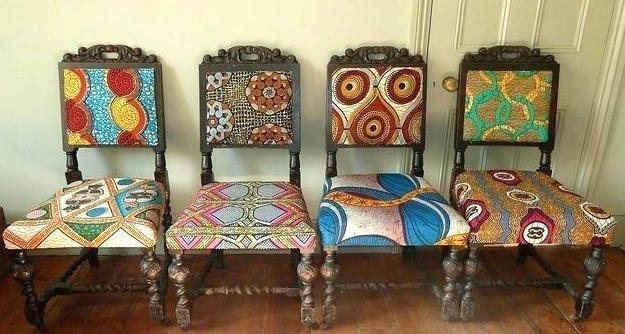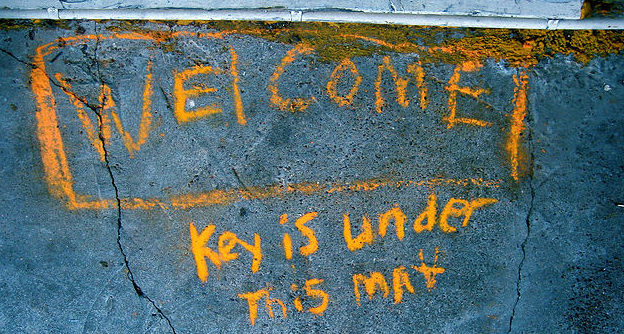The evaluation of the executive director or CEO is one of the most important responsibilities of a non-profit board. It is recommended that these occur annually. But a carefully considered and meaningful evaluation is a big undertaking for a group of volunteers. What if there was an attractive option to help take some of the pressure off?
Kindling Board Trust
How well do you know your fellow directors apart from what you see and hear from them in your work together as a board? Possibly not well. This post is about increasing our familiarity with one another with the goal of building trust around the board table.
One often thinks about trust in the non-profit governance context as being about the relationship between the board and the CEO. Trust amongst board members is important too. Indeed, trust is increasingly important as boards strive to be demographically and culturally more diverse.
Governance as a Bus
In 2001 Jim Collins, an American consultant, became a star in management circles with his book, Good to Great: Why Some Companies Make the Leap…And Others Don’t. In it he compares a business to a bus and the leader to the bus driver. Today, people often say that business success is dependent on getting the right people on the bus.
A similar metaphor can help us in understanding the work of non-profit governance. As you will see though, it has a different twist.
Refurbuishing Your Chair
Would you be surprised to learn that a recent study revealed that 73% of board chairs would welcome feedback on their performance? How about that this majority crossed gender, organization type and even board chair experience categories. Such a finding certainly opens the door to dramatically improving how well boards’ function and seeing some changes quickly.
Ok, no such study exists. It is likely though that board chairs are as open as anyone to suggestions for improving their effectiveness. Such improvements could include a better understanding
Yin & Yang and Boards
The idea of my trying to connect the ancient Chinese philosophy of Yin and Yang to non-profit governance predates the addition of Gracie, the border collie, to our household. As pervasive as pet photos are, it is pure happenstance that her looks provide a good visual metaphor. Perhaps the notion of Yin and Yang offers some insight into her character.
Board Orientation Rejigged
Board orientation refers to a process for helping newly elected directors contribute fully, and as early in their term as possible, to the governing work of the board. Very often it takes the form of a special meeting designed to provide information to these directors about their responsibilities and the operations of the organization.
Is it enough to assume that the goal, simply stated, is to transfer important information and respond to questions from new directors? From an adult education perspective I think board orientation could benefit from the articulation of some specific learning objectives
Daylighting Board Minutes
Phase I of daylighting the Sawmill River in Dartmouth, Nova Scotia has just been completed. It is just a short walk from where I live. Citizens, many of whom who advocated for the project, are excited to have a glimpse of what had been hidden for 40 years.
Daylighting a river or stream involves bringing a natural watercourse, buried underground in a culvert or pipe, up above ground. The goal is to restore it to a more natural state where the sun can shine on it. Possibly fish can return to using it too.
Co-chairs considered
The idea of a having a board chair and vice-chair will be a familiar one to most. Lots has been written about the role of the chair and the characteristics of effective chairs has been well researched. Very little has been written about the role of vice-chairs. But are there any other board leadership options?
Board secretary: superpowers revealed
Many people are familiar with the idea of the secretary on a non-profit board. However, ideas about what role the secretary plays, even to those who serve on boards, probably does not go much beyond them taking minutes and sending out meeting notices.
Guests in the Boardroom
Arab-American writer, Khalil Gibran (1883-1931) wrote “If it were not for guests all houses would be graves”. The sentiment may seem be a bit extreme, but speaks to the idea of isolation from the world. I wonder if there is a message here for non-profit board “houses”?










